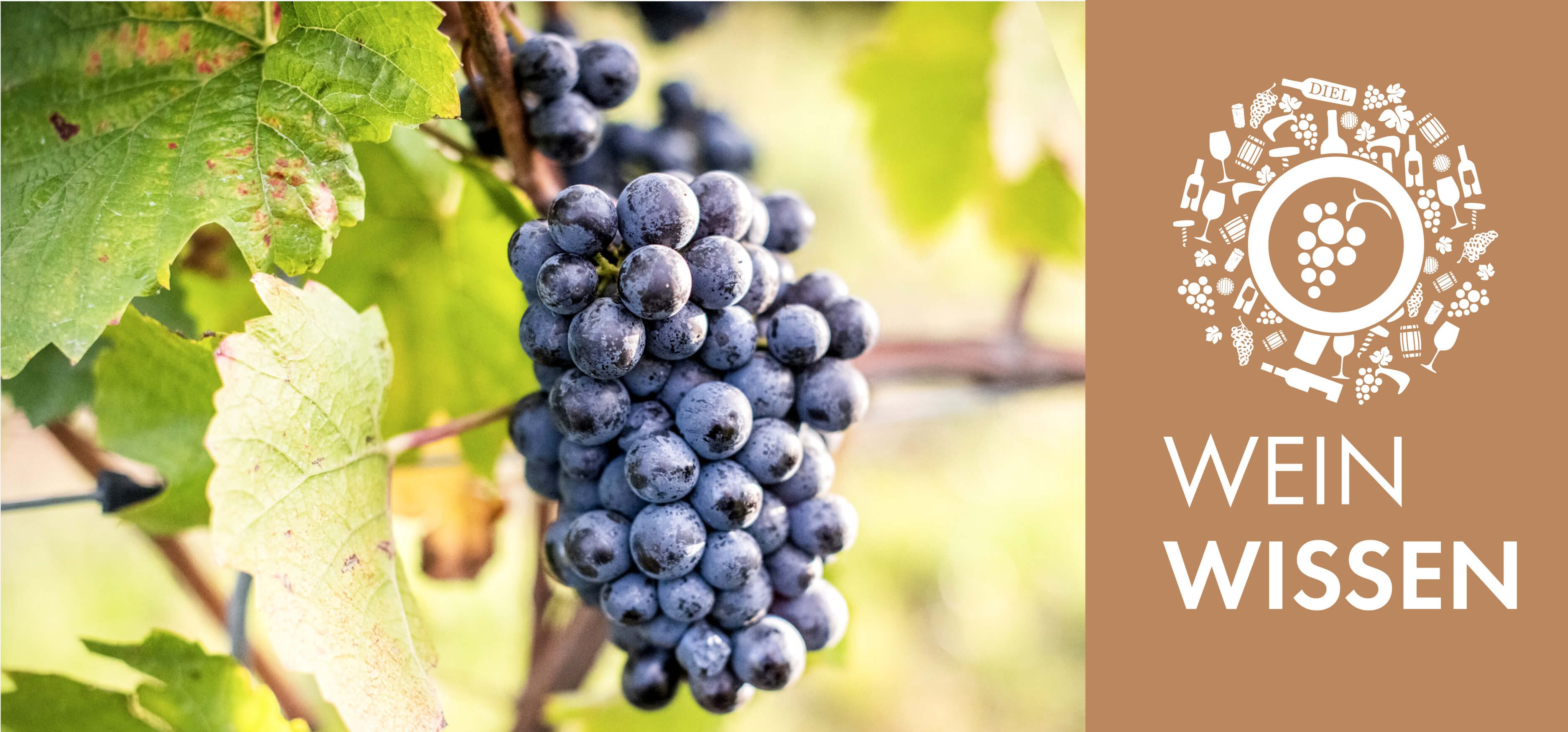wine knowledge
“The juice of Spätburgunder (Pinot Noir) grapes is white. The red color comes from the skins.”
Caroline Diel
Producing rosé wine

Rosé is produced in a manner very similar to white wine. The juice of Spätburgunder (Pinot Noir) grapes is white. The red color actually comes from the skins. Pinot grapes are thus initially crushed just like white grapes, allowing a portion of the juice to be released and the compounds in the grape skins to leech out more effectively. Just like with white wines, this also encourages greater complexity in the nascent rosé wines. Because the typical pink color is imbued at the beginning of vinification, a longer period of maceration is allowed—up to 24 hours.
This is intended to release as many aromatic compounds as possible from the skins before pressing. As a next step, the mash (the mix of skins, juice, pulp, stems and seeds) are gently pressed, after which the fresh most is pumped into a tank. Overnight the sediment settles on the bottom. The clear juice is subsequently separated from the sediment (racking) and conveyed to the fermentation vessel—either a stainless steel tank or a wooden barrel.